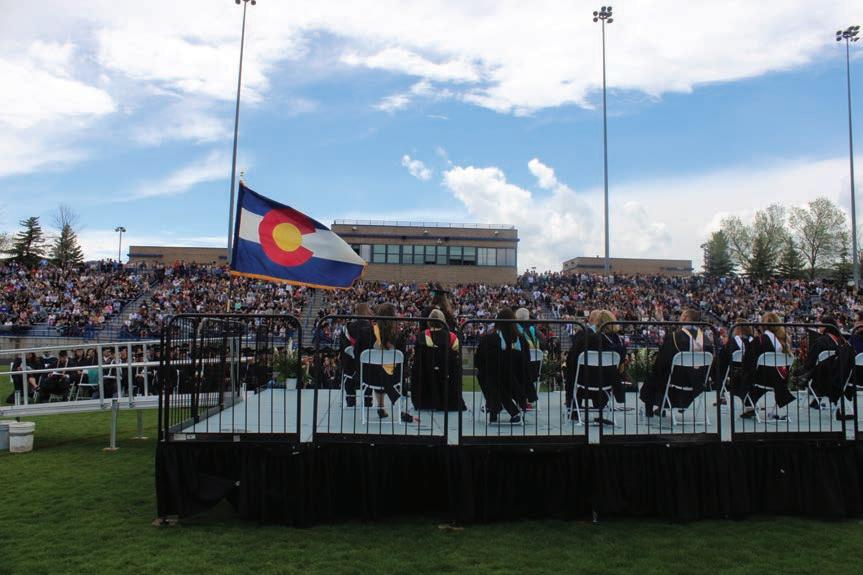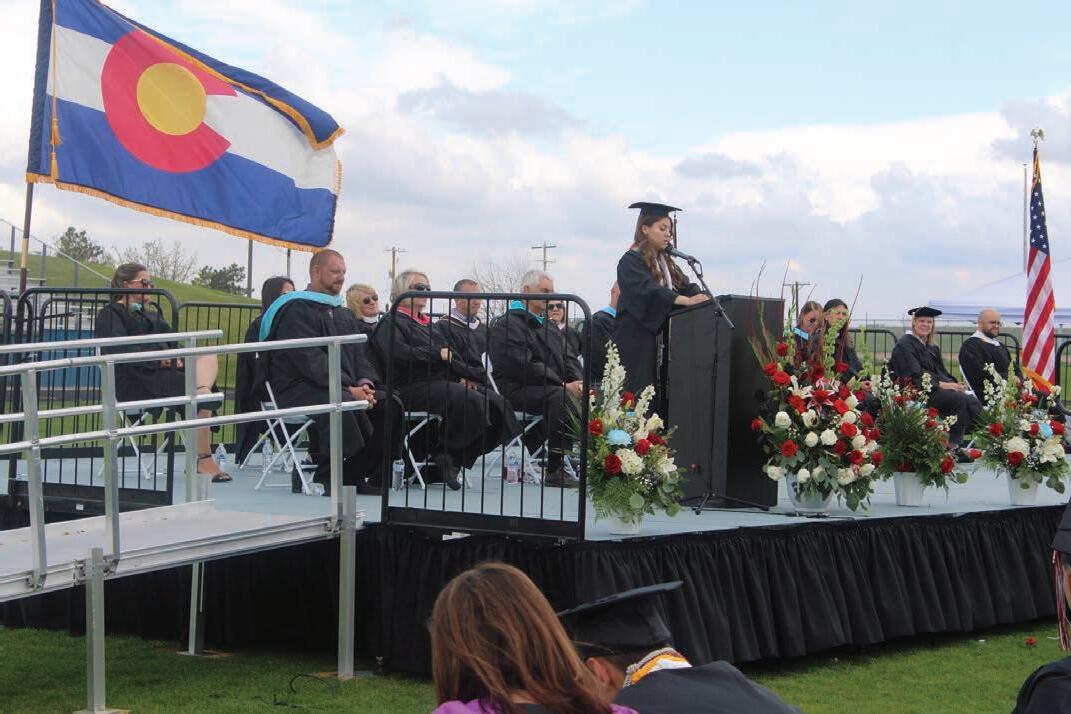
1 minute read
Arvada food pantry Community Table gets creative to combat shortages
BY RYLEE DUNN RDUNN@COLORADOCOMMUNITYMEDIA.COM
Rising food costs, changes to grocery store procedures and supply chain issues have made it hard for some people to put food on the table — a problem exacerbated by other factors in one’s life that could lead to food insecurity. For Arvada-based food pantry Community Table, facing these challenges is just another day at the o ce.
Since 2019, the nonpro t has seen a 30% increase in the number of people it serves — Community Table now works with 1,700 families, or roughly 5,000 individuals, a month.
In the past, Community Table relied on grocery rescue programs — wherein grocery chains donate food that’s past its best-buy date — but the aforementioned issues impacting food availability have mostly run that well dry.
BY RYLEE DUNN RDUNN@COLORADOCOMMUNITYMEDIA.COM
Thunderstorms and heavy rains stayed away long enough to not put a damper on Pomona High School’s graduation, which went off without a hitch on May 18 at the North Area Athletic Complex. Pomona’s graduating seniors were freshmen in 2020 when the COVID-19 pandemic hit, and lamented the difference in their expectations for high school in comparison with how the last four years played out. There was a sense of perseverance as class speakers looked back on the trying times they endured with their peers early in the pandemic.
Pomona’s class president, class speaker and valedictorians gave speeches, along with a faculty member selected by the graduating class. Pomona’s choir performed for the crowd near the closing of the ceremony.
Rocky Baldassare, Community Table’s director of food programs, said that while the nonpro t used to have about 30 pickups a week from grocery rescue programs, that number has dwindled, with entire categories of food — including meat and produce — disappearing from availability. Baldassare said that some chains have employed practices that keep food on the shelf longer than in the past.
“(Grocery stores) are not donating as much as they used to at all,” Baldassare said. “Now, they’re trying to sell food as late as they can.” ankfully for the nonpro t and the 5,000 people it serves monthly, the


SEE SHORTAGES, P8























